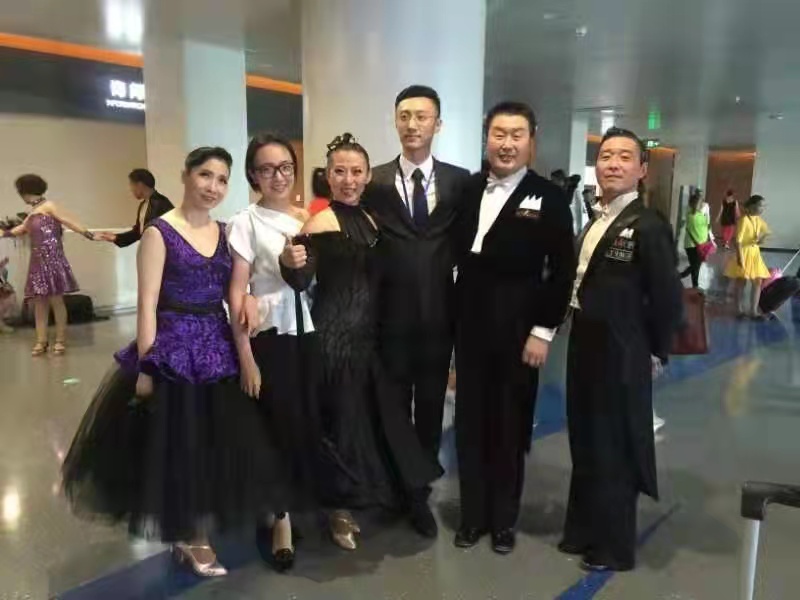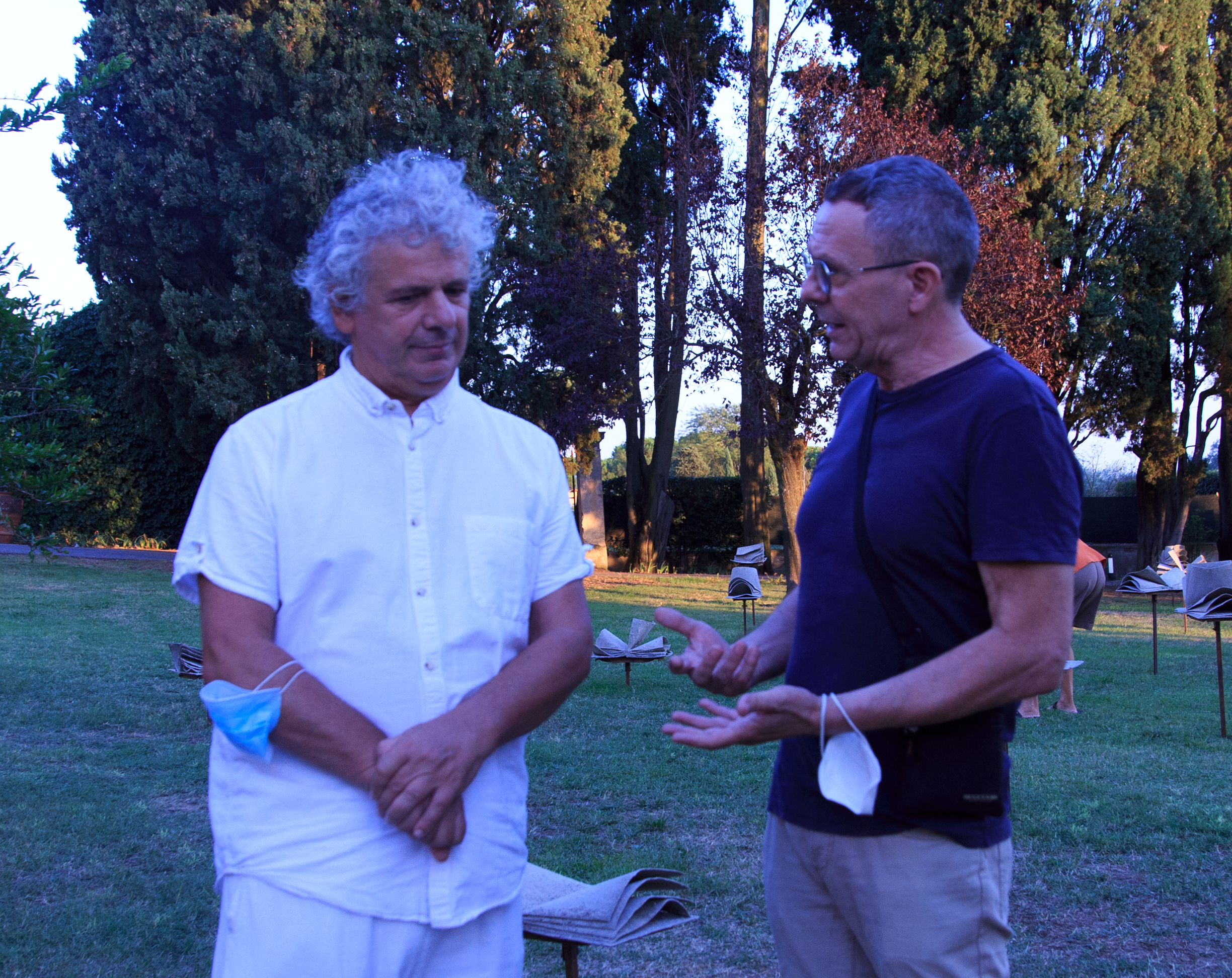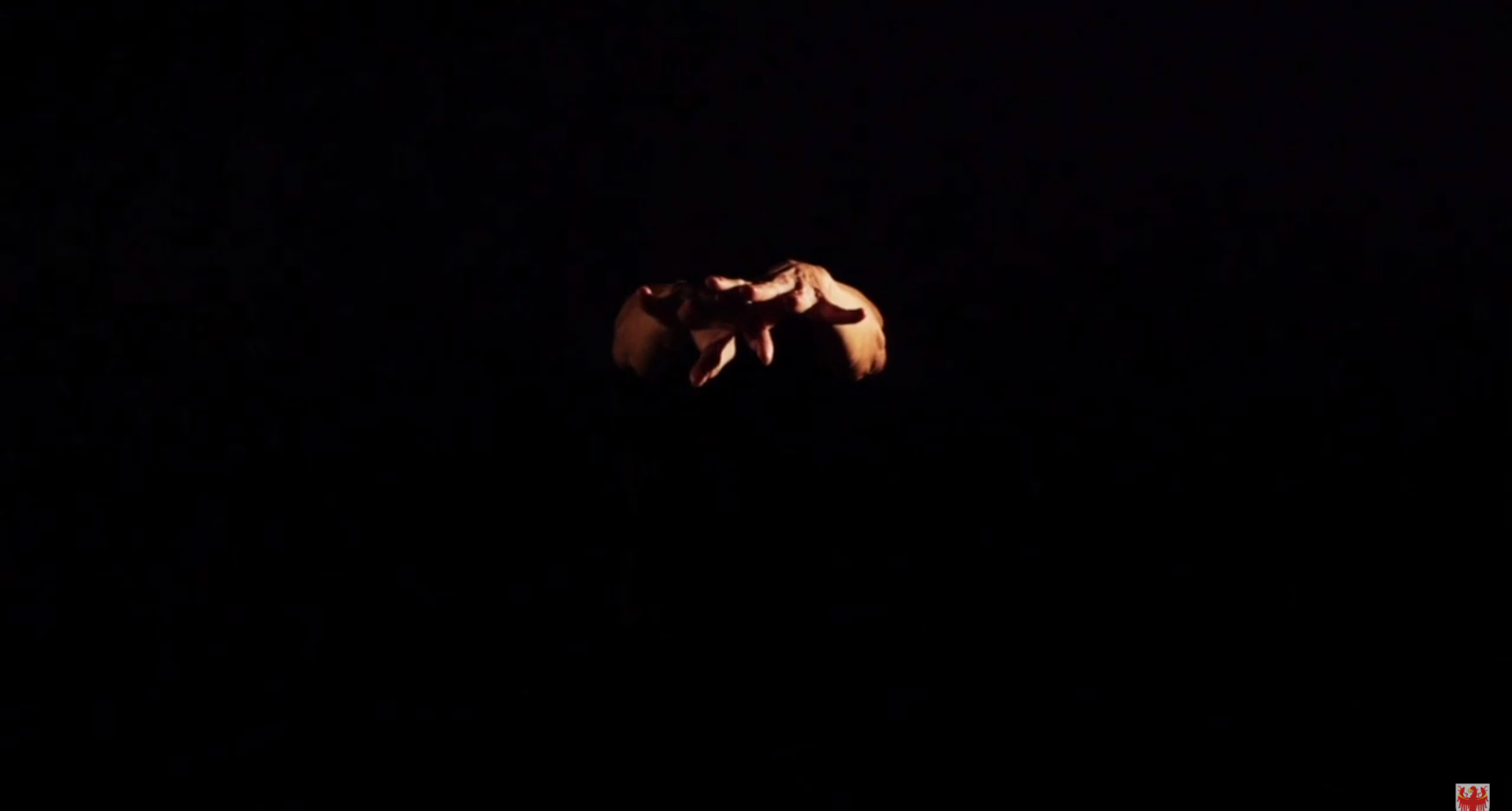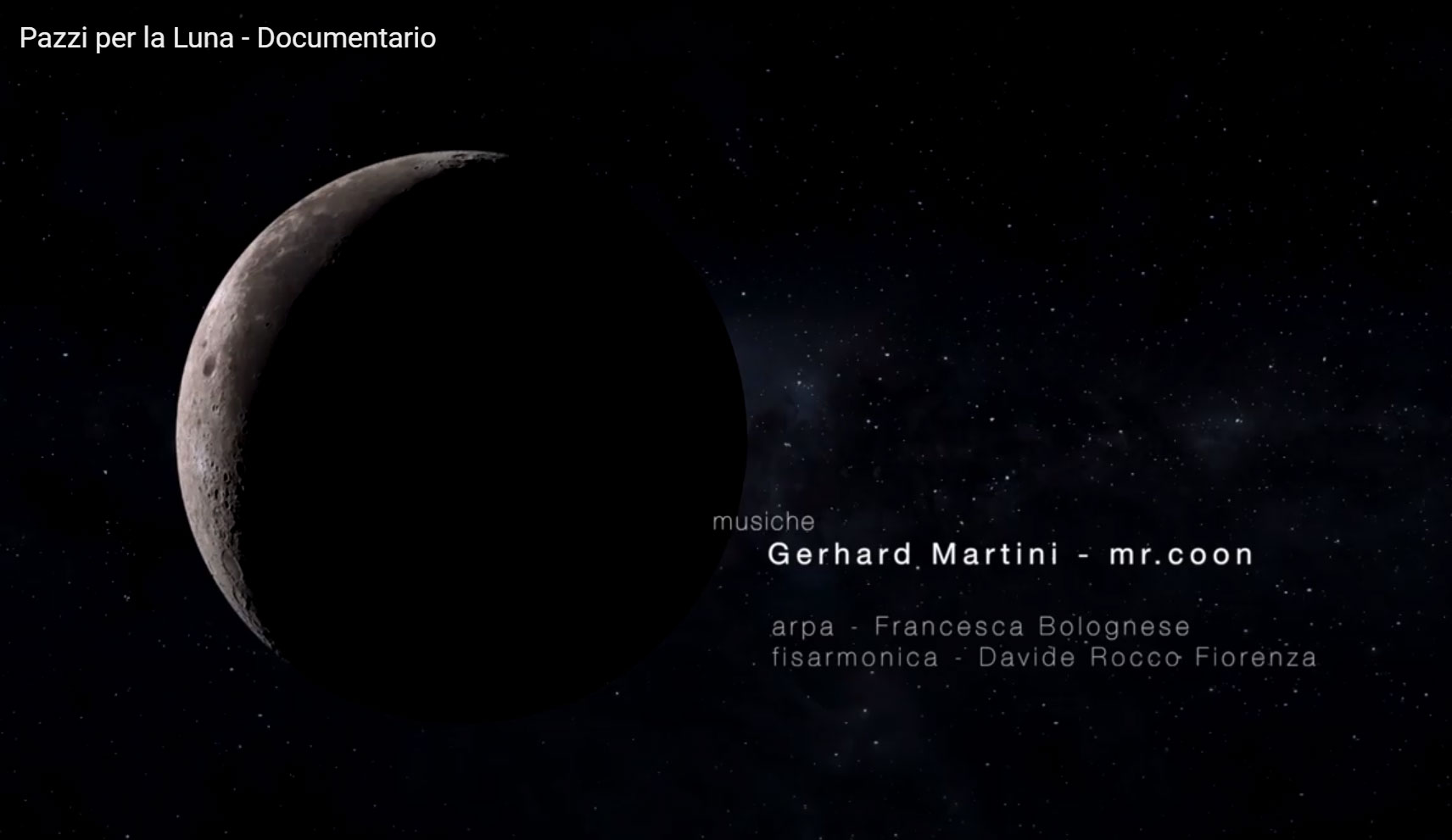— An Interview with Tang Yuyang, the famous dancing educator and excellent artist in dance performance
— Cao Qiuxiang, the Art Interview Reporter
 Ms. Tang Yuyang, a famous educator and excellent artist in dance performance in China, who is a dance artist and a promoter of the quality dance education in China. She was won the Outstanding Art Award for Dance Performance at the New York Art Exhibition in December 2020 and awarded the honor of “Artist Emeritus in Dance and Entertainment” in the 4th Biennial of Genoa in 2021. She won the runner-up of the British Blackpool Dance Competition team competition, and she has also been listed in “Star of the day” of the world cultural artist list. In order to spread and popularize dance aesthetic education, she demonstrates through her practical endeavors to us the insistence and persistence as a dancer.
Ms. Tang Yuyang, a famous educator and excellent artist in dance performance in China, who is a dance artist and a promoter of the quality dance education in China. She was won the Outstanding Art Award for Dance Performance at the New York Art Exhibition in December 2020 and awarded the honor of “Artist Emeritus in Dance and Entertainment” in the 4th Biennial of Genoa in 2021. She won the runner-up of the British Blackpool Dance Competition team competition, and she has also been listed in “Star of the day” of the world cultural artist list. In order to spread and popularize dance aesthetic education, she demonstrates through her practical endeavors to us the insistence and persistence as a dancer.
Reporter of the Art Interview, Cao Qiuxiang: What is the essence of dance education?
 Tang: In my view, non-professional dance education differs by large from professional dance education, which will lead to all-around reforms in aspects of people’s concepts, the cultivation mode of teachers and textbooks for dance classes. Dance class is no longer restricted within the solely purpose of cultivating dancing skills, but rather to treat the “promotion of overall quality” as its prioritized target. The aesthetic education is not the training of art skills. The essence of aesthetic education still relies on education. We must not act with undue haste if we hope to realize the education purpose of cultivating people by virtue.
Tang: In my view, non-professional dance education differs by large from professional dance education, which will lead to all-around reforms in aspects of people’s concepts, the cultivation mode of teachers and textbooks for dance classes. Dance class is no longer restricted within the solely purpose of cultivating dancing skills, but rather to treat the “promotion of overall quality” as its prioritized target. The aesthetic education is not the training of art skills. The essence of aesthetic education still relies on education. We must not act with undue haste if we hope to realize the education purpose of cultivating people by virtue.
The aesthetic education is a career that “nourishes all without a sound”. It won't work merely by converting the concepts of people without making full preparations. The essence of aesthetic education aims to perfect personalities. It would follow a totally different way to popularize and promote the dance education compared with the professional dance education, which is the very reason why I actively spread and promote nationwide the non-professional dance education and aesthetic dance education. And again take an example: the majority of middle and primary school students would not work in the field of professional dance in their future, and they even have little chance for a dance when growing up. Therefore, there exists essential diversity between the purpose of non-professional dance education and professional dance education.
Cao: What is the purpose of dance education popularization?
 Tang: I think it must not work if you just apply professional textbooks and professional dancing skills in the dance education popularization. It is our ultimate purpose to cultivate people with all-around development through an educational approach of our own. So the utmost important task in aesthetic education lies not in the acquirement of skills, but rather in realization of students' all-around perception and understanding of beauty through an education of this kind, so as to achieve the perfecting of their personalities. Dance serves as a means but not a goal in the aesthetic education. Many parents send their children to dance classes, with a purpose of keeping them a good shape, which is one kind of pursuit of beauty. But dance actually is unable to change the shape of body, nor can change one’s appearance, and at best you would look a bit more healthier after learning it. Then why do many people look different in their appearances after dance learning? It is because of the effect referred to by us as the aesthetic education in dance. The aesthetic education capability of dance lies in the concept that “dance is a means but not a purpose”. We have been hoping to perfect the personality of student by means of dance, while the purpose of dance education was misled by some persons in modern times, who thought it is just for beauty and pretty appearance that one learns dancing. I think that point of view is very superficial.
Tang: I think it must not work if you just apply professional textbooks and professional dancing skills in the dance education popularization. It is our ultimate purpose to cultivate people with all-around development through an educational approach of our own. So the utmost important task in aesthetic education lies not in the acquirement of skills, but rather in realization of students' all-around perception and understanding of beauty through an education of this kind, so as to achieve the perfecting of their personalities. Dance serves as a means but not a goal in the aesthetic education. Many parents send their children to dance classes, with a purpose of keeping them a good shape, which is one kind of pursuit of beauty. But dance actually is unable to change the shape of body, nor can change one’s appearance, and at best you would look a bit more healthier after learning it. Then why do many people look different in their appearances after dance learning? It is because of the effect referred to by us as the aesthetic education in dance. The aesthetic education capability of dance lies in the concept that “dance is a means but not a purpose”. We have been hoping to perfect the personality of student by means of dance, while the purpose of dance education was misled by some persons in modern times, who thought it is just for beauty and pretty appearance that one learns dancing. I think that point of view is very superficial.
Cao: How do you spread and popularize the aesthetic education of dance through characteristic education?
 Tang: I put more emphasis on the exploitation of dancing potential of my students in the courses of aesthetic education of dance. I leave room for the impromptu reactions of students during their learning process in dancing classes. For example, when I am talking about something pleasant, students may cheer up and jump with joy, thus a running and jumping dance was naturally produced. Then I would remind them of what they did just now, and guide them to repeat those behaviors based on memory. I would inform them that what they do is called the running and jumping dance, and I would let all of other students learn it. So the running and jumping step in dance is successfully taught in a pleasant atmosphere. However, if you teach it in a serious and professional way, such as telling them to line up preparing to learn the running and jumping dance, teaching them to pace the left foot one step forward and to lift the right foot, and then to bob the left foot, they couldn't stand up at all. At last they would fail to do it, or fail to behave in a coordinate way though they have already paid much effort. So we directly find the original movements of that kind of dance in daily life, such as jumping and running that are within everyone's reach. Then those instinctive physical expressions of students were guided little by little to the field of dance, which is what I am engaged in. Dance derives from an origin of emotional expression, which is a spontaneous action. With the time passing by, different genres and branches of dance has been developed, which gradually form various dancing styles. However, from the essential perspective, dance should always be the body expression that alters as one's thoughts fluctuate. Of cause, basic skills are important, but when the aesthetic education of dance is applied to all the students, it should pay more attention to the spontaneity of people. Just like the square dancing in China, in which people are actively immersed to enjoy the fun brought by it.
Tang: I put more emphasis on the exploitation of dancing potential of my students in the courses of aesthetic education of dance. I leave room for the impromptu reactions of students during their learning process in dancing classes. For example, when I am talking about something pleasant, students may cheer up and jump with joy, thus a running and jumping dance was naturally produced. Then I would remind them of what they did just now, and guide them to repeat those behaviors based on memory. I would inform them that what they do is called the running and jumping dance, and I would let all of other students learn it. So the running and jumping step in dance is successfully taught in a pleasant atmosphere. However, if you teach it in a serious and professional way, such as telling them to line up preparing to learn the running and jumping dance, teaching them to pace the left foot one step forward and to lift the right foot, and then to bob the left foot, they couldn't stand up at all. At last they would fail to do it, or fail to behave in a coordinate way though they have already paid much effort. So we directly find the original movements of that kind of dance in daily life, such as jumping and running that are within everyone's reach. Then those instinctive physical expressions of students were guided little by little to the field of dance, which is what I am engaged in. Dance derives from an origin of emotional expression, which is a spontaneous action. With the time passing by, different genres and branches of dance has been developed, which gradually form various dancing styles. However, from the essential perspective, dance should always be the body expression that alters as one's thoughts fluctuate. Of cause, basic skills are important, but when the aesthetic education of dance is applied to all the students, it should pay more attention to the spontaneity of people. Just like the square dancing in China, in which people are actively immersed to enjoy the fun brought by it.
Cao: How do you overcome difficulties in your popularization of dance education?
Tang: The dance ecology thrives in various forms, appears in different places, and possessed by all kinds of groups of people, so we should let it develop in an independent and healthy way. Of course, mutual learning is inevitable, but professional dancers may not view themselves as instructors. The crowd is the source, root as well as the tower footing of dance. We should advocate and organize the mass dance, “dance of everyone”, for the purpose of popularization of dancing art. What we can do is limited, but many a little makes a mickle, and every little change counts. Once someone asked me, "do you hope to popularize the quality dance education to all over the country in your living years?" Certainly I hope, but it is unable and impossible to achieve a popularization of quality dance education to 100% schools of China. Actually the circumstance is the same in abroad as domestic. It could be deemed as a nationwide popularization if the dance education has covered 60% of all schools in China. I hope that as to the date when the first centenary goal of Chinese dream has been achieved, the popularization of aesthetic education can reach a coverage of 20% to 30% in China, which would cause a rather satisfaction to me.
Cao: Since the quality dance education is the expectation that you have been dedicated yourself to in recent years, which hope do you bear for the aesthetic capability or artistic taste of mass in the future?
Tang: The dance ecology thrives in various forms, appears in different places, and possessed by all kinds of groups of people, so we should let it develop in an independent and healthy way. Of course, mutual learning is inevitable, but professional dancers may not view themselves as instructors. The crowd is the source, root as well as the tower footing of dance. We should advocate and organize the mass dance, "dance of everyone", for the purpose of popularization of dancing art. The style of aesthetic education of dance could appear in various forms, and the aesthetic education has its independent concept and requirement. They both serve for education, the ultimate purpose, which, as Schiller said, refers to the process in which a natural person develops into a moral and rational person, who is called by us nowadays a person with all-around capability. How can one become such kind of person? The only approach is to become a person with aesthetic capability. Aesthetic itself is a kind of philosophy, and the beauty is the emotional representation of concepts. Aesthetic education of dance is not for dance itself, and not for passing the dancing level examination for which one only experiences large amount of training in it. Dance will become an appendage without soul in case of a sole pursuit of body shaping. For that kind of quality is just a physical one, but not the kind of quality pursued by aesthetic education. The quality referred by aesthetic education has extensive meanings, which include moral cultivation, i.e. cultivating persons through an artistic way. Why do we mention the ancient etiquette and music education when it comes to aesthetic education? And why do we think of the contemporary aesthetic education when it comes to the Records of the Grand Historian of China·Music? Because they are very similar in nature. “Etiquette” aims to cultivate moral persons and rational persons. Ancient people he ancients worshiped god and their ancestors, and the earliest “Liu Yue”, which were also called the “dances of six ancient dynasties” and served as the ceremony procedure during imperial sacrifices. They are not the dancing art referred to in nowadays, and the music and dance of them play the role of a means, for the actual purpose of etiquette.
Postscript: In fact, through the efforts of dancers with Ms. Tang Yuyang as their leader, the development of aesthetic education of dance in China has occupied the leading position among countries all over the world. Ms. Tang Yuyang told the reporter that, nowadays, the experience of aesthetic education in China has been worthy of a sharing in an international communication, but we still have a lot to do. A dance artist should not only improve her/his own professional skills, but also focus on the development and innovation of aesthetic education field. She also hopes that more people pay attention to aesthetic education and to the future of aesthetic education in China.










